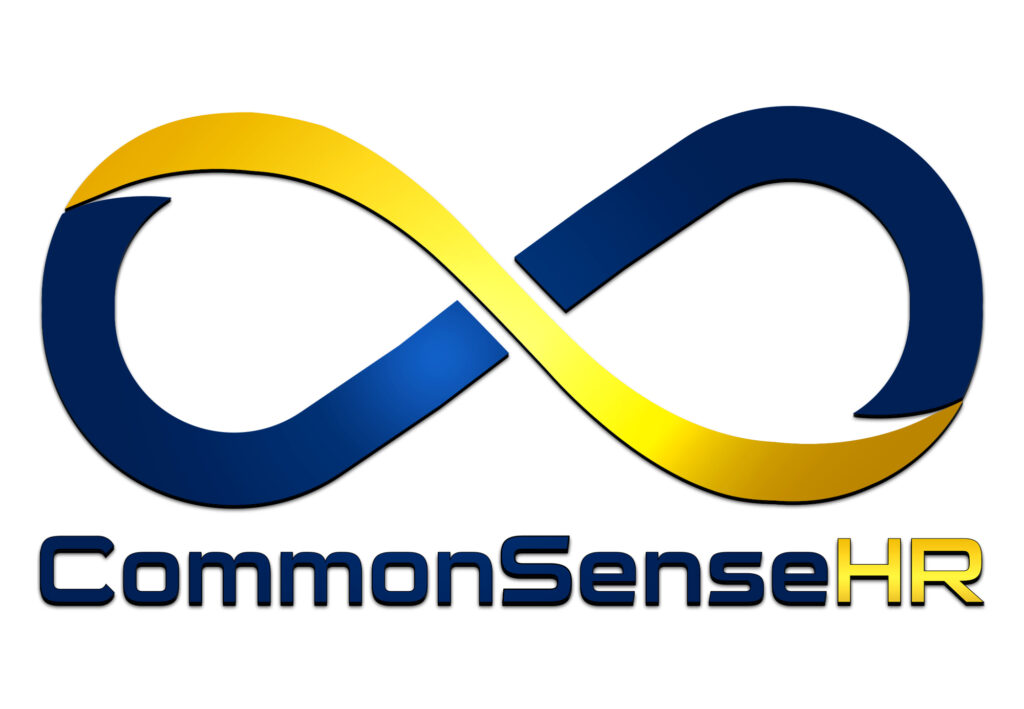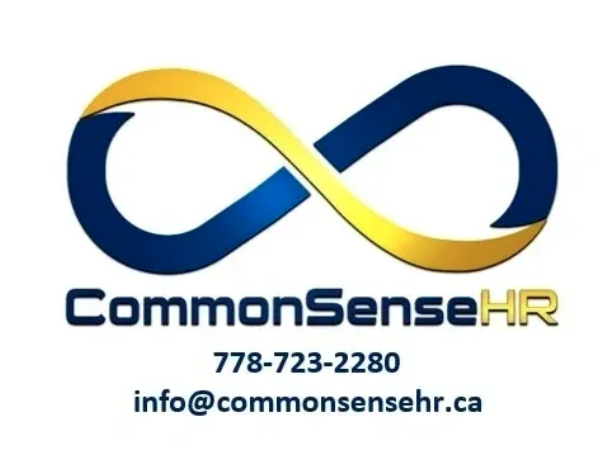This summary is based on an article that appeared in the March/ April 2017 Harvard Business Review called Pioneers, Drivers, Integrators and Guardians by Suzanne M. Johnson Vickberg and Kim Christfort.
Each of us is a composite of four work styles, one or two of which are closely aligned with both our own individual thinking and behavior.
These include; the Pioneer who values possibilities and who sparks energy and imagination on the team. These individuals are willing to take risks and go with their gut, all the while focusing on the big picture.
Next come the Guardians who value stability and who bring order and rigor to the operation. Guardians are pragmatic and do not like risk. They require data and facts as a basis for decision-making and are invested in needing detail and records from the past.
Then there are the Drivers. Drivers enjoy challenge and are able to generate momentum. For Drivers, winning and getting results are the name of the game. They have a very black and white outlook on life when it comes to work and are not afraid to tackle problems with logic and data.
Finally there are the Integrators who value connection and bringing people together. Integrators are invested in relationships and put the group first. They very much want to build consensus and are diplomatic by nature.
The benefits of bringing these styles together include that of increased innovation and a higher quality of decision-making.
Unfortunately however, affinity bias is ever present causing conflict because of unrecognized and unappreciated differences. In order to address this bias, leaders need to understand these differences and what makes each person and their type tick.
The research addressed in the report asked individuals to relate what motivated them and what turned them off. For example, Integrators are not comfortable with conflict while the Drivers love to debate. Likewise, the Guardian wants to see things done procedurally, whereas the Pioneer may want to skip ahead and get on with it. Not having a plan can cause the organized Guardian a great deal of stress.
Practicing inclusion within cognitive diversity then requires all members of the group to recognize and respect each other’s modus operandi.
Some of the symptoms of not understanding each other were evidenced by Guardians feeling being rushed through the process, Pioneers feeling that their ideas are resisted because of calls for compliance, Drivers becoming frustrated by others not wanting to make a more immediate decision and Integrators being offended by others’ dismissive micro-messages such as eye rolling.
By beginning a conversation around cognitive differences, the group can begin to explore their common purpose and shared contributions coming from each other’s strengths.
The biggest challenge is in reconciling the differences in opposites. At least Drivers and Guardians share a focused approach whereas Integrators and Drivers are true opposites.
Drivers, for example, may express frustration because of not being able to move ahead without needing to be concerned about the sensitivities of the Integrator. Pioneers may have animosity towards the Guardians because they see the Guardian as slowing down the creative flow of things through their incessant need for facts and figures.
Through working on projects together with more understanding of each others’ differences, their respective strengths can balance out and complement each other creating a synergy that could be absent without each group member bringing different contributions.
The thing to guard against is group-think which can easily happen if there is a preponderance of one or two styles within the group. It can result in individuals self-censoring their opinion for fear that it might be judged negatively.
It is not unusual to find the Leaders to be Pioneers or Drivers. They speak quickly and tend to want to take charge which can be both their strength and their weakness. They do not always make the best listeners. When the researchers questioned Drivers and Pioneers because of perceived upsetness in the group, they would emphasize that they had little time or patience for worrying about upsetting the feelings of others. This causes the Integrators to hold back for fear of being judged as being too sensitive or even “wishy-washy” by the Drivers of the group. Yet these are the very people who can give input as to how to improve relationships with company stakeholders.
In order to accommodate the needs of the different players here are some strategies. Guardians require time to plan and prepare. They might also prefer to present their input in writing rather than to have to think off the cuff in a meeting. For Pioneers, allow time for them to expand on their ideas such as with a marker and a white board in the meeting. Integrators would appreciate being able to discuss the larger purpose of the group and the forming of constructive relationships with each other.
Leaders may be well advised to minimize frustration on the part of the Drivers by creating opportunity to speak with Integrators off-line regarding the greater good. For Drivers, it is about keeping conversations brief and to the point. It may even be about introducing an element of competition for the Drivers such as gamification with the trainings etc.
Because there can be a cascading effect if Drivers and Pioneers take charge too quickly and end up dominating the conversation, it might be useful to invite the Integrator(s) to speak first in the meeting before such a cascade occurs that can cause the Integrator to feel shut down. This may cause some dissent but dissent can invite divergent perspectives. It might also be an idea to invite participants to brainstorm ahead of meetings and then to share their ideas in turn when the meeting begins rather than inviting brainstorming in the meeting. Another idea is to invite participants to play “devil’s advocate” by playing the part of another type. This is a way of helping participants to put themselves in the other’s shoes. The key here is to find ways of preventing the highly introverted and sensitive types to be drowned out otherwise, in a dominant Driver culture you may not hear from them at all. Guardians after all can be very reserved and might prefer to avoid any confrontation.
Some Leaders might think it is too much work to accommodate the sensitive introvert. A strong case has been made however that these very same people can make a significant contribution to the team. They can be conscientious and thorough, good at spotting errors and potential risks. They can also focus for long periods, are good listeners and open to other’s ideas. They don’t mind the detailed work necessary to carry things through, work that Drivers and Pioneers may not have the patience to do. So it is worth the effort to accommodate these traits including accommodating the Integrator and Guardian personality type to be more susceptible to stress caused by the fast pace of the workplace. To give them more alone time and not expecting them to participate in every company social event where too much of this can cause them stress. It is also about creating a culture where small mistakes are accepted because Guardians and Integrators can be too hard on themselves when making mistakes and feeling judged. While the pioneer can have the big picture in mind, the Guardian can be paying attention to the detail.
At the outset it was mentioned that we all a composite of all four styles in varying degrees so we do not want to label. We do however need to recognize these differences that are not always obvious and to celebrate the diversity in this and the benefits of practicing inclusion in the workplace.


